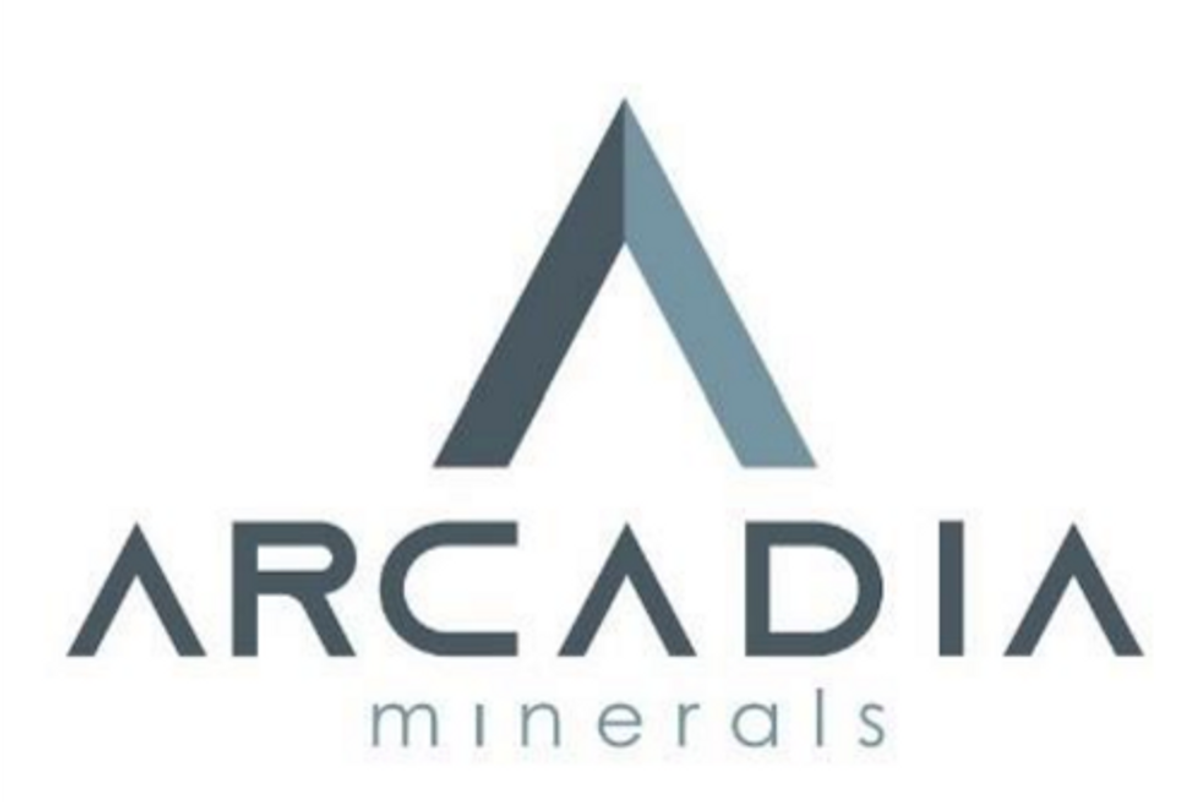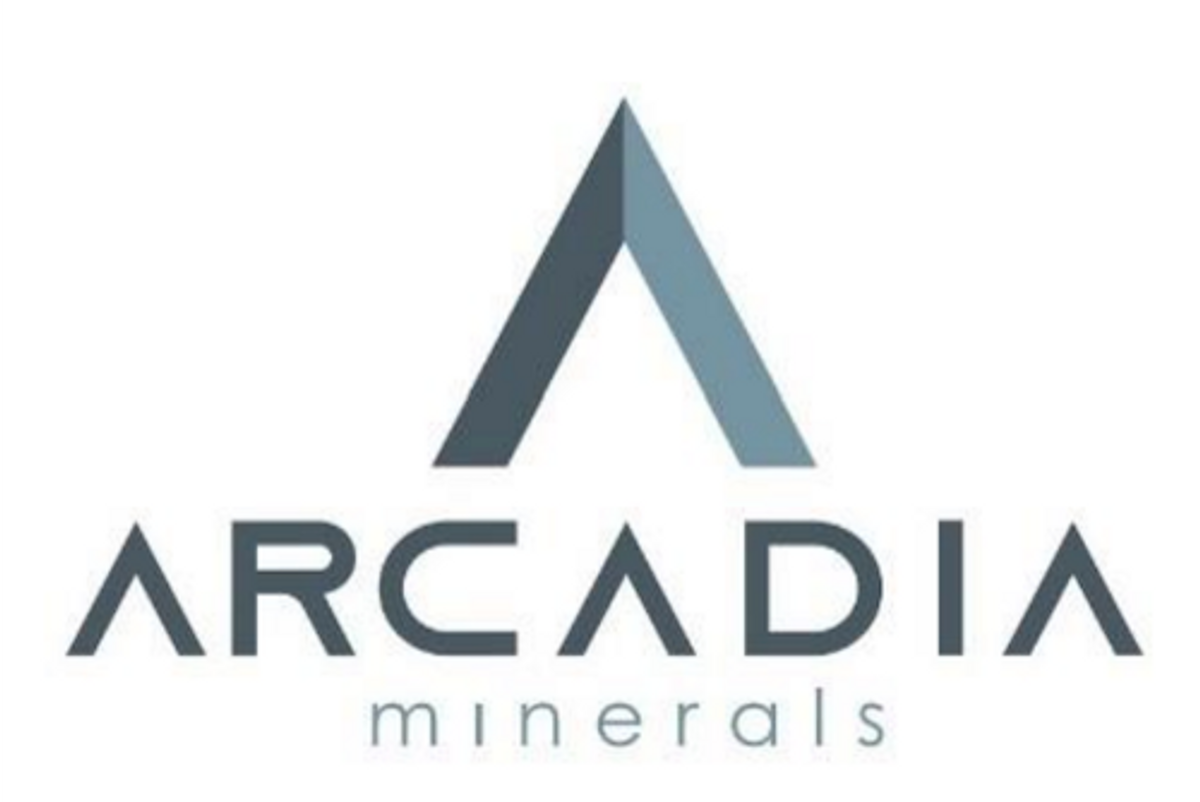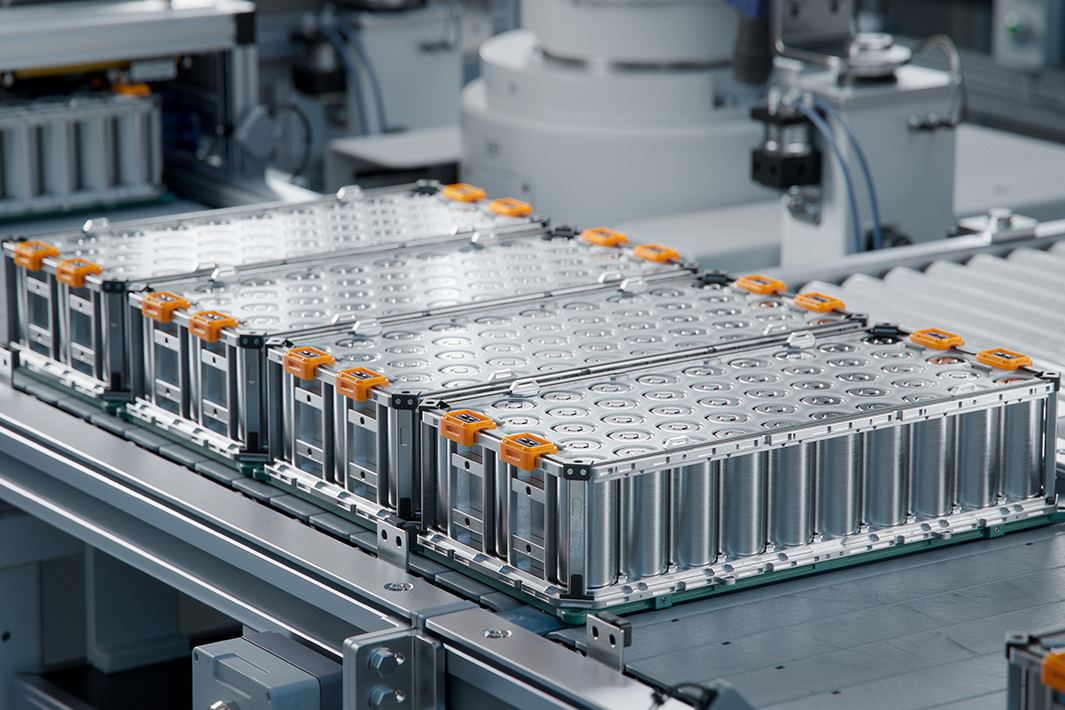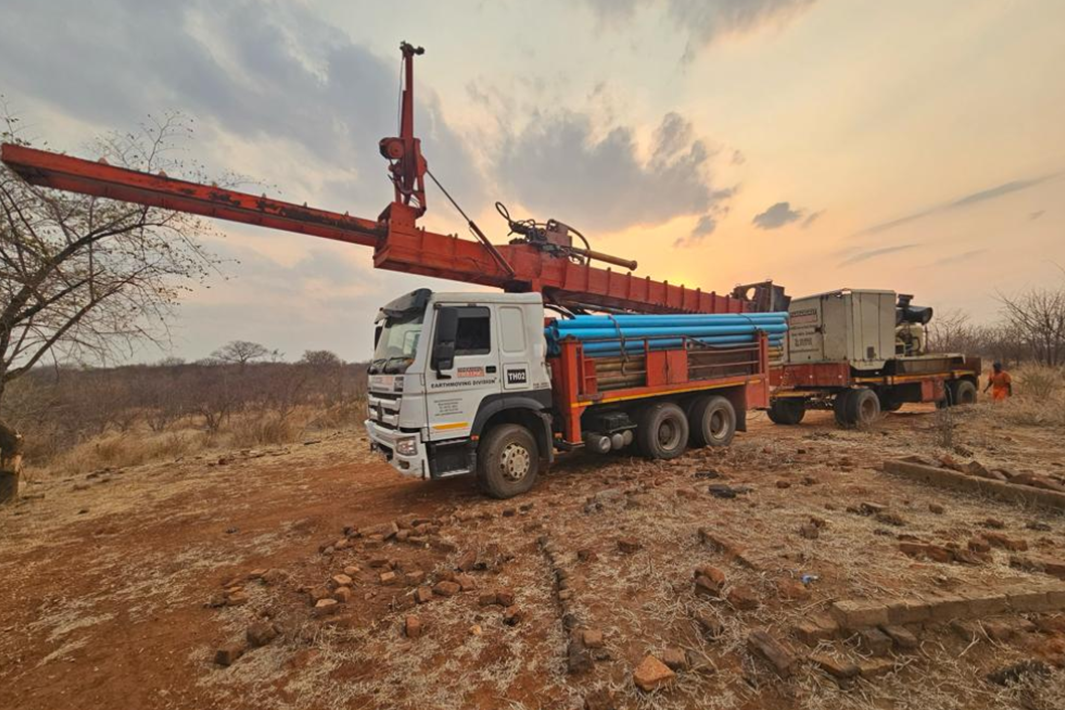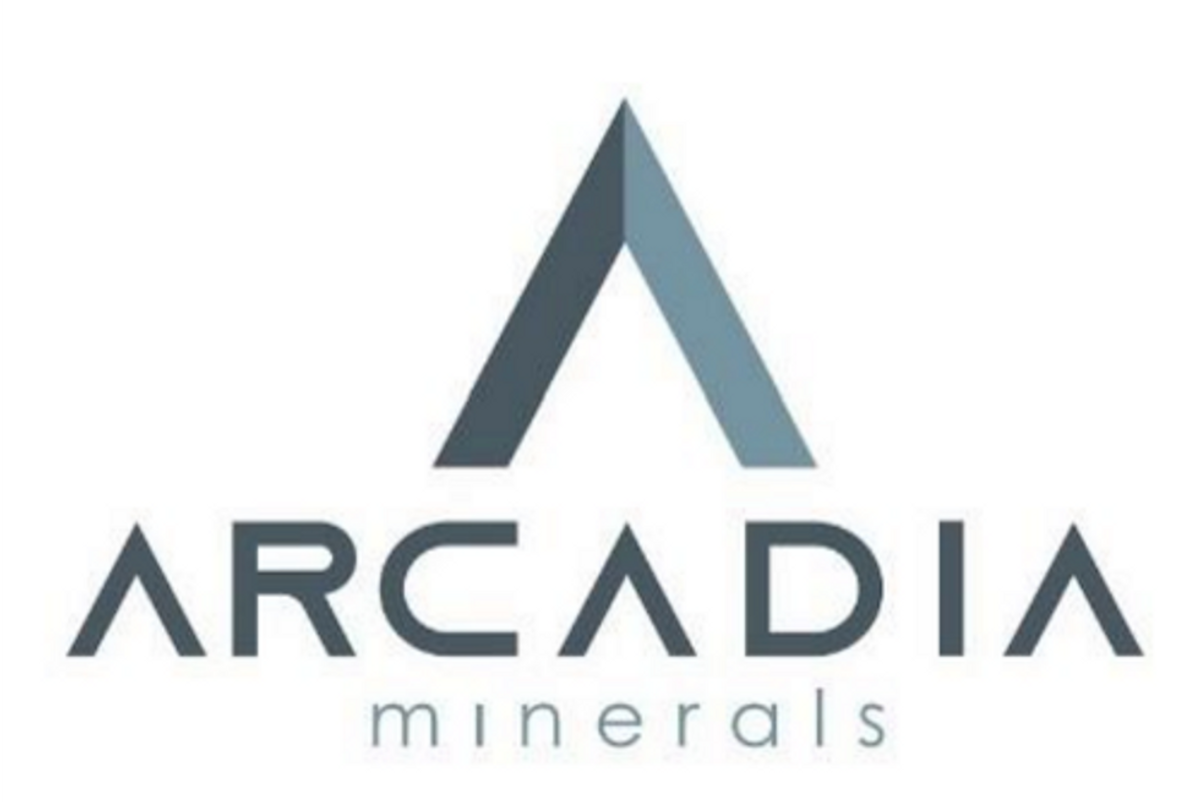
August 28, 2022
Arcadia Minerals Ltd (ASX:AM7, FRA:8OH) (Arcadia or the Company), the diversified exploration company targeting a suite of projects aimed at Tantalum, Lithium, Nickel, Copper and Gold in Namibia, is pleased to announce that it instructed Hammerstein Mining and Drilling to execute a 526m RC drilling program for 9 drill holes at the Karibib Copper-Gold Project in Namibia.
HIGHLIGHTS
- 526m (9-hole) Reverse Circulation (RC) Drilling program commenced
- Drilling targets focussed on lithologies known to contain mineralisation following comprehensive mapping and from previously attained grab sampling data
- Previous sampling reported a 20km x 2km metasedimentary structural feature, with mineralisation grades of:
- Average 4.32% Cu/1.49 g/t Au (Highest 28.4% Cu/7.65 g/t Au) in skarn-type, AND
- Average 1.94% Cu/2.06 g/t Au (Highest 5.69% Cu/26.3 g/t Au) in vein-type
- Aim of drilling program is to intersect significant mineralisation and to obtain a better understanding of the geology
- Geological environment similar to Navachab (5.3MozAu) and Twin Hills (2.1MozAu)1
Philip le Roux, the CEO of Arcadia stated: “Our focus with this drilling program is to test the geological horizons identified from our previously announced grab sampling program and recent comprehensive mapping, which horizons are considered most prospective for mineralisation based on previously received results. Once drilling has been completed, we should know a lot more about the tenor of mineralisation to shallow depths, which may warrant further drilling”.
Drilling Program
The drilling program is expected to consist of 9 drill holes drilled at a 60 degree inclination and at varied azimuths and depths dependent on the inferred geometry and geology of the targeted zone. Dependant on whether visual mineralisation is encountered in drill holes, an additional 3 holes will be drilled. A location map of the planned drill holes is attached hereto as Annexure 2.
On the 7th of September 2021 the Company announced2 results from a grab sampling program over an inferred 20 km x 2 km metasedimentary structural feature (See Figure 1 below). This structure contains similar geology than that encountered at the nearby Navachab Mine (5.3MozAu)3 and by various other explorers for gold mineralisation in the area, such as Osino Resources who developed its Twin Hills prospect4 (located 45km also within the Karibib gold belt) to contain a Mineral Resource of 2.1MozAu.
Results attained from the grab sampling program at Karibib were impressive, and were taken from lithology identified as either Skarn-type or Vein-type mineralisation:
Skarn-type mineralisation returned average copper mineralisation of 4.32 % Cu, with a highest value of 28.40% Cu. Average gold values of 1.49 g/t Au were returned, with a highest value of 7.65 g/t Au. Significant Silver mineralisation was also encountered (av. 50.50 g/t Ag with highest 453 g/t Ag) and up to 1% Tungsten.
Vein-type mineralisation returned average results of 1.94% Cu (highest 5.69% Cu), 2.06 g/t Au (highest 26.30 g/t Au) and 12.68 g/t Ag (highest 30.10 g/t Ag).
Both vein- and skarn-type mineralisation is known to contain economic mineralisation in the area5, and were encountered on or near the contact margins of large diorite intrusions.
Following the receipt of the high-grade sampling results and newly attained knowledge of the geology of the area, the Company conducted follow-up work by identifying locally occurring favourable geological settings which are likely to host diorite-proximal skarn- and vein-type mineralisation suitable for drilling.
Click here for the full ASX Release
This article includes content from Arcadia Minerals, licensed for the purpose of publishing on Investing News Australia. This article does not constitute financial product advice. It is your responsibility to perform proper due diligence before acting upon any information provided here. Please refer to our full disclaimer here.
AM7:AU
The Conversation (0)
11 September 2021
Arcadia Minerals
A Battery Metal Explorer Operating Within Resource-Rich Namibia
A Battery Metal Explorer Operating Within Resource-Rich Namibia Keep Reading...
23 September 2022
Drilling Completed At Karibib Copper-Gold Project
Arcadia Minerals Ltd (ASX:AM7, FRA:8OH) (Arcadia or the Company), the diversified exploration company targeting a suite of projects aimed at Tantalum, Lithium, Nickel, Copper and Gold in Namibia, is pleased to announce that its drilling contractor Hammerstein Mining and Drilling completed a 551m... Keep Reading...
29 July 2022
Quarterly Activities Report – June Quarter 2022
Arcadia Minerals Limited (ASX:AM7, FRA:8OH) (Arcadia, AM7 or the Company), the diversified exploration company targeting a suite of battery metal projects aimed at Lithium, Tantalum, Nickel, Copper and Gold in Namibia, is pleased to provide its quarterly activities report for the period ending... Keep Reading...
09 May 2022
Kum-Kum Nickel Project Mineral Systems Approach Results
Arcadia Minerals Ltd (ASX:AM7, FRA:8OH) (Arcadia or the Company), the diversified exploration company targeting a suite of projects aimed at Tantalum, Lithium, Nickel, Copper and Gold in Namibia, is pleased to announce that the Department of Earth Sciences at the University of Stellenbosch... Keep Reading...
11 December
Mining the Gap: 5 Forces Shaping North America’s Lithium Supply Chain
A convergence of industry investments, government initiatives and a shifting global trade dynamic is creating an environment ripe for the development of a North American battery supply chain, with lithium playing a leading role. These trends are reshaping the region’s industrial base and opening... Keep Reading...
10 December
Rock Bottom: Strategic Window for Ground-level Lithium Investment
When lithium prices hit bottom, savvy investors know that’s exactly where the next big discovery begins — literally. Beneath the surface of global markets and remote exploration grounds, new opportunities are forming in the wake of a sharp price reset and renewed geopolitical urgency.Recent... Keep Reading...
10 December
Liontown Resources Pens Lithium Offtake Agreement with China's Canmax
Liontown Resources (ASX:LTR,OTC Pink:LINRF) has executed a binding offtake agreement with Chinese conglomerate Canmax Technologies (SZSE:300390) as part of its strategy to diversify its customer base.“Listed on the Shenzhen Stock Exchange, Canmax is one of the world’s leading manufacturers of... Keep Reading...
08 December
Trading Halt
Jindalee Lithium (JLL:AU) has announced Trading HaltDownload the PDF here. Keep Reading...
05 December
Livium Receives A$663k in RsD Tax Incentive Rebates for VSPC
Livium Ltd (ASX: LIT) (“Livium” or the “Company”) advises that it has received A$663,000 in research and development ("R&D") tax incentive rebates from the Australian Tax Office for the 2025 financial year ("FY25"), relating to its wholly owned subsidiary VSPC Pty Limited ("VSPC"). The rebate... Keep Reading...
01 December
Why SQM Says Social Dialogue is Key to Sustainable Lithium
As scrutiny continues to intensify across the battery metals supply chain, the conversation around sustainability has moved far beyond carbon footprints. At this year’s Benchmark Week, Stefan Debruyne, director of external affairs at Sociedad Quimica y Minera de Chile (SQM) (NYSE:SQM), made that... Keep Reading...
Latest News
Interactive Chart
Latest Press Releases
Related News
TOP STOCKS
American Battery4.030.24
Aion Therapeutic0.10-0.01
Cybin Corp2.140.00
